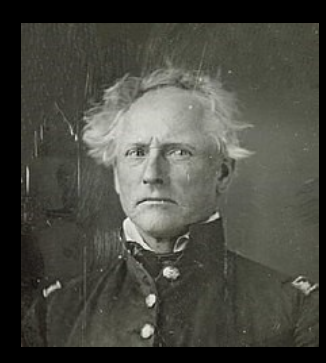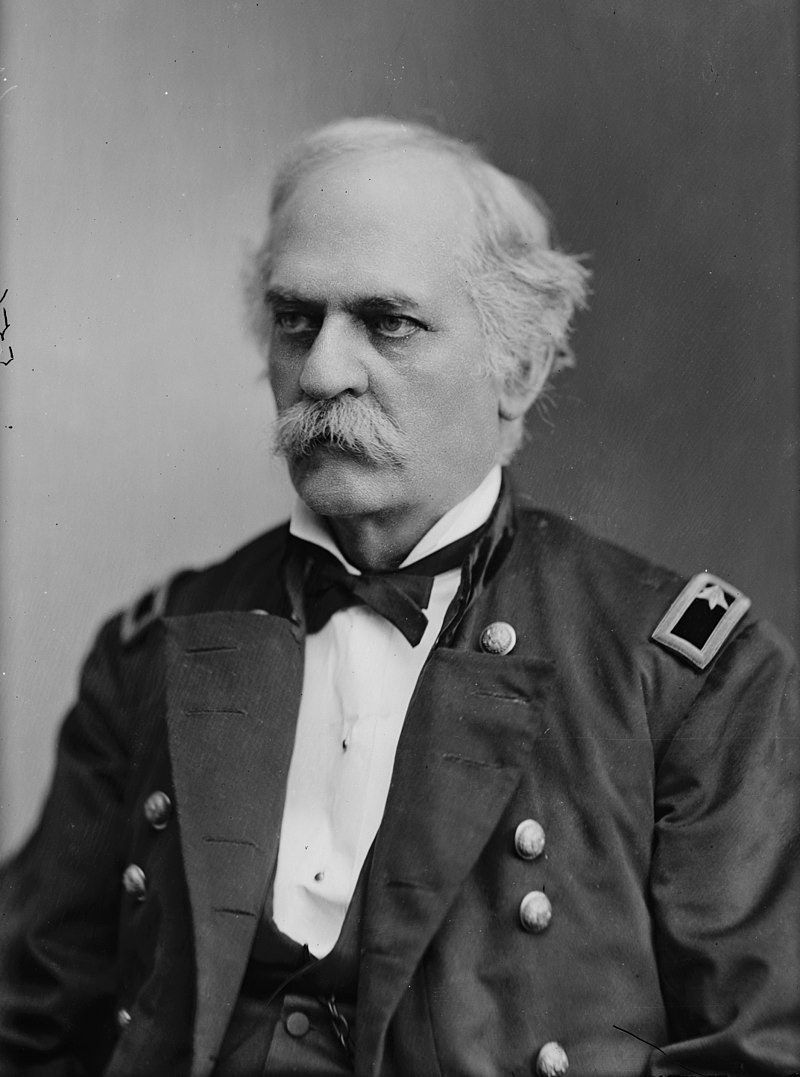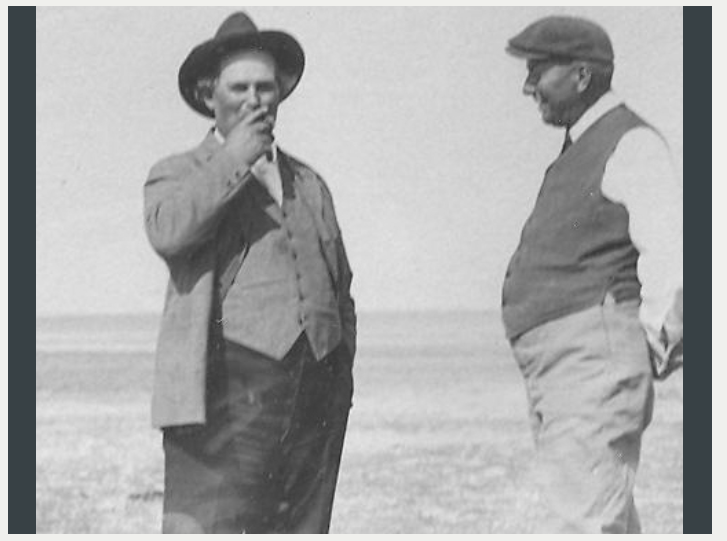More About Harney County!
- Harney County covers 10,226 square miles. It’s the largest of Oregon’s counties and one of the largest in the nation.
- Harney County is larger than the states of Delaware, Rhode Island, Hawaii, New Jersey, and Massachusetts, as well as the District of Columbia.
- Harney and Grant Counties were once combined. In February 25, 1889 the lower two-thirds of Grant County became a separate county.
- Famous people from Harney County include former National Football League player Kellen Clemens, Paralympian Susannah Scaroni, former Oregon Secretary of State and gubernatorial candidate Norma Paulus, former U.S. Representative Robert Smith, current U.S. Representative Cliff Bentz, former Oregon Senator Gene Timms, current Oregon Representative Mark Owens, and rancher Bill Hanley.
- Most of Harney County has clear skies, which makes it ideal for stargazing.
- Harney County's Alvord Desert is the location for the existing women's land speed record, which was set by the late Jessi Combs. She died while setting the record 522.783 mph on August 27, 2019.
- The nation's first cross-country trip by automobile went through Harney County. The drive was made by Horatio Nelson Jackson in 1903.
*********************************************************************
Harney County was named for a general involved in a conflict over a pig.
On June 15, 1859, American farmer Lyman Cutlar found a pig rooting and destroying his garden, located on San Juan Island. The island was disputed property between the U.S. and Britain and citizens from both countries lived there. The pig was owned by an Irishman named Griffin, who was employed by the Hudson Bay Company to run a sheep ranch. Since this wasn't the first time the pig had trespassed, Cutlar shot and killed the pig. He offered to compensate Griffin for the pig. Griffin thought the amount paltry and demanded more.
"Following this reply, Cutlar believed he should not have to pay for the pig because the pig had been trespassing on his land. One likely apocryphal account has Cutlar saying to Griffin, 'It was eating my potatoes'; and Griffin replying, 'It is up to you to keep your potatoes out of my pig.'"
Cutlar was threatened with arrest and asked for U.S. military protection. Here is where General William S. Harney comes in. Harney had a temper and was not known for diplomacy. He dispatched Captain George Pickett (later a Confederate soldier) and 65 American soldiers to prevent British troops from arresting Cutlar. Things escalated quickly and soon 500 military personnel were on the island.
Eventually leaders from both sides realized a war about a pig was just...silly. For 12 years a truce was held and the island was occupied by both U.S. and British soldiers. International arbitration settled the matter. Thankfully the only blood shed was the pig's.
Sources: https://www.nps.gov/.../learn/historyculture/the-pig-war.htm and https://vimeo.com/103012997
*********************************************************************

The man with the bad hair day in the photo is Enoch Steen. Yes, THAT Steen. Born in Kentucky in 1800, raised on the Missouri frontier, he was a woodsman, hunter, surveyor, and soldier. He explored areas unknown to white settlers in present day Oklahoma, New Mexico and Oregon and held commands in New York and present-day Washington, Arizona and Colorado.
Steens and his Calvary outfit were in Central Oregon when they received word that Captain Andrew Smith and his survey party were attacked by Native Americans north of Harney Lake. Steen and his group came to their aid. While in what is now Harney County, Steen explored areas of the Donner und Blitzen River and skirmished with a band of Paiutes.
Steens Mountain was first known to the area settlers as Snow Mountain, because…well, it had snow on it. After Steens and his men crossed the mountain in pursuit of the Paiutes it became known as Steens Mountain—no info as to who instituted the change.
Steens was given command of Fort Walla Walla when the Civil War broke out. Though raised as a southerner, he served the Union army. His son Alexander Early Steen was a Brigadier General for the Confederacy, which could have made family reunions awkward had he survived.
After retiring from the Army, Steens returned to Missouri where he died in 1880. It’s nice when landmarks are named for you if the spelling is correct. Steens Mountain, Oregon (incorrect grammar) and Steen’s Butte, Colorado are named for him, but so were Steins Pillar in Central Oregon and Steins Mountain, Steins Creek and Steins (now a ghost town)--all in New Mexico. Somewhere someone incorrectly wrote his name and the rest is history.
*********************************************************************

Old photos can be deceptive. Subjects had to remain still for long periods of time, and a solemn face was the best expression. Because of this, many of us think pioneers, Native Americans, and soldiers of the time were humorless or didn't have much of a personality.
What do you think this man was like? This is a Matthew Brady photograph of Brigadier General Benjamin Alvord, for whom the desert and peak are named. He appears stoic and brave, but he was much more. He was a mathematical genius (particularly in geometric designs) and born teacher, curious of the world around him. He was a botanist and writer.
From a tribute: "His moral beauty of character surpassed his intellectual. Every one who knew him in social life respected and loved him, so genial was his humanity and so broad his charity. Abounding in sympathy, benevolence, and kindness to his fellows, he was necessarily tolerant of their infirmities. Though he was in temper as gentle as a child and in manner as modest as a maiden, it was not from weakness, as those best knew who met him in debate or upon the battlefield. Always considerate of others, he was most exacting to himself, manfully bearing his own burdens, which he never sought to cast upon other shoulders. In fine, Alvord was a most useful officer, a sterling patriot, a devoted husband and father, a generous and tender-hearted friend, and a thorough Christian gentleman."
*********************************************************************
Minerva Morgan "Dolly" Kiger and her husband Ruben came to Harney County in 1874. She is credited with naming several Harney County places: She named the community of Diamond after the ranch brand owned by Mace McCoy; named McCoy Ridge and Creek after Mace McCoy; Cucamonga Creek after McCoy's birthplace (and because she liked the sound of the name), and Kiger Creek after her and her husband. We don't know if she named Kiger Gorge but it is named for her family.
*********************************************************************

There is a landform two miles east of the Alvord Lake called Howluk Butte. Howluk Butte is named for a man born Starr Wilkerson, the stuff of legends. His father was Caucasian, and his mother was Cherokee-African American. He was big, especially for his time—6 foot, 9 inches tall, 275 to 300 lbs. of solid muscle and feet that were over 17 inches long (he had the nickname “Bigfoot”). He stood out in a crowd and because of his multi-ethnicity didn’t really belong to any group.
He had left Oklahoma on his way to Oregon by wagon train when he killed a man and went on the run, joining a band of Snake or Bannock Indians. Not much else is confirmed until his death, and then the only definite part of that was he died. The wagon train killing may have been self-defense in a conflict over a woman. He may or may not have killed the woman as well.
Between 1863 to 1868, when horses were stolen, miners robbed or pioneers murdered in southwest Idaho/southeast Oregon region, people noticed large moccasin tracks at the scene. The crimes were attributed to “Bigfoot”. Other miscreants learned Howluk could be blamed if they made similar sized footprints at a crime scene, so he probably wasn’t guilty of all deeds attributed to him. To the tribes in the area he took on a Robin Hood-like myth.
In July 1868, a gunman named John Wheeler had horses stolen and went in pursuit. In later reports (probably embellished), Wheeler killed one horse thief, and another escaped. Howluk stood up from his hiding place and demanded that Wheeler show himself. Wheeler did and fired his gun. Howluk attempted to flee and Wheeler continued to shoot, breaking Howluk’s arm and leg in the process. As Howluk lay bleeding out, he told Wheeler his history and then asked for something to drink. To make sure this wasn’t a trap, Wheeler shot Howluk’s other arm and broke it before giving him water (or whiskey, or both). His last words were reported to have been “I hate the white man. I could never kill him enough.”
Enoch Steen of Steens Mountain fame named the butte for him. Howluk was also called Nampa, which is a contraction of namp puk, meaning Big Foot. Nampa, ID is said to have been named for him. Others say it’s just a coincidence because “towns aren’t named for outlaws.” That may be true--we did a cursory search and barring cities named for politicians the only town named for a criminal is Yankee Jims, CA.
Wheeler later came to a bad end as well, shot while attempting a stagecoach robbery. You would have thought he would know that crime doesn’t pay. With the legend about Howluk we could not find a photograph or engraving or the man, wanted poster, or burial site. Other than the description provided we don’t know what he looked like (if a movie were ever made about him Jason Momoa or Dwain Johnson would probably play him). The photo included is of a statue in the Nampa, ID area.
Photo credit of statue: Adam Eschbach of Idaho Press Tribune
*********************************************************************

“Too bad the whole world could not have known him.” William Hanley (02/08/1861-09/15/1935) was a Harney County rancher, conservationist and economic and transportation developer. Hines has a street named in his honor.
https://www.oregonencyclopedia.org/.../hanley_william.../...
*********************************************************************

This is Coontown, an early Harney County Settlement. According to "Oregon Geographic Names" by Lewis A. McArthur, the place was named for rancher Sylvester "Coon" Smith, who obtained his nickname as it was the first word he ever spoke as a baby/toddler that could be understood. Who knows what he was trying to say?
